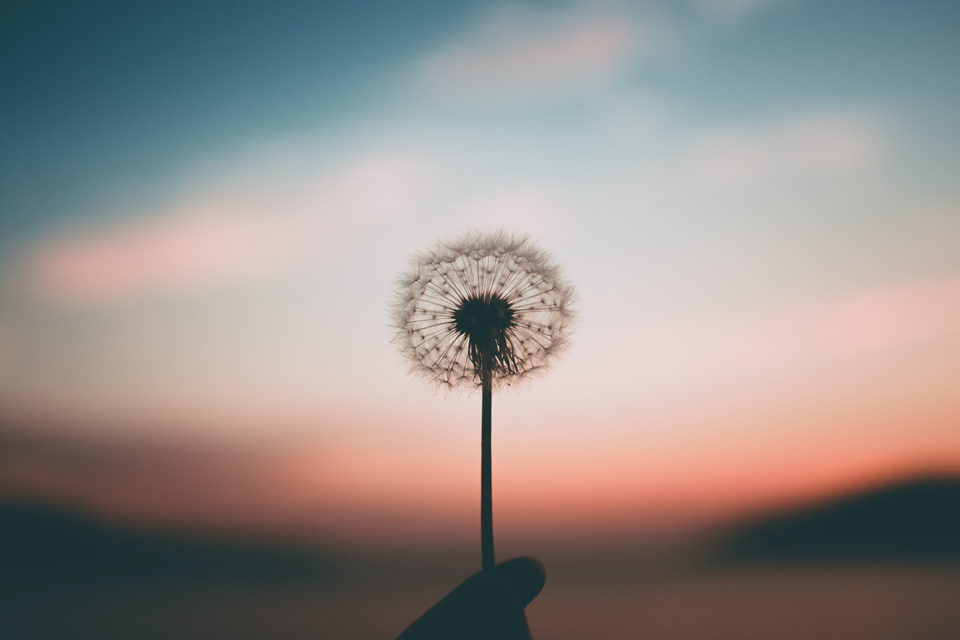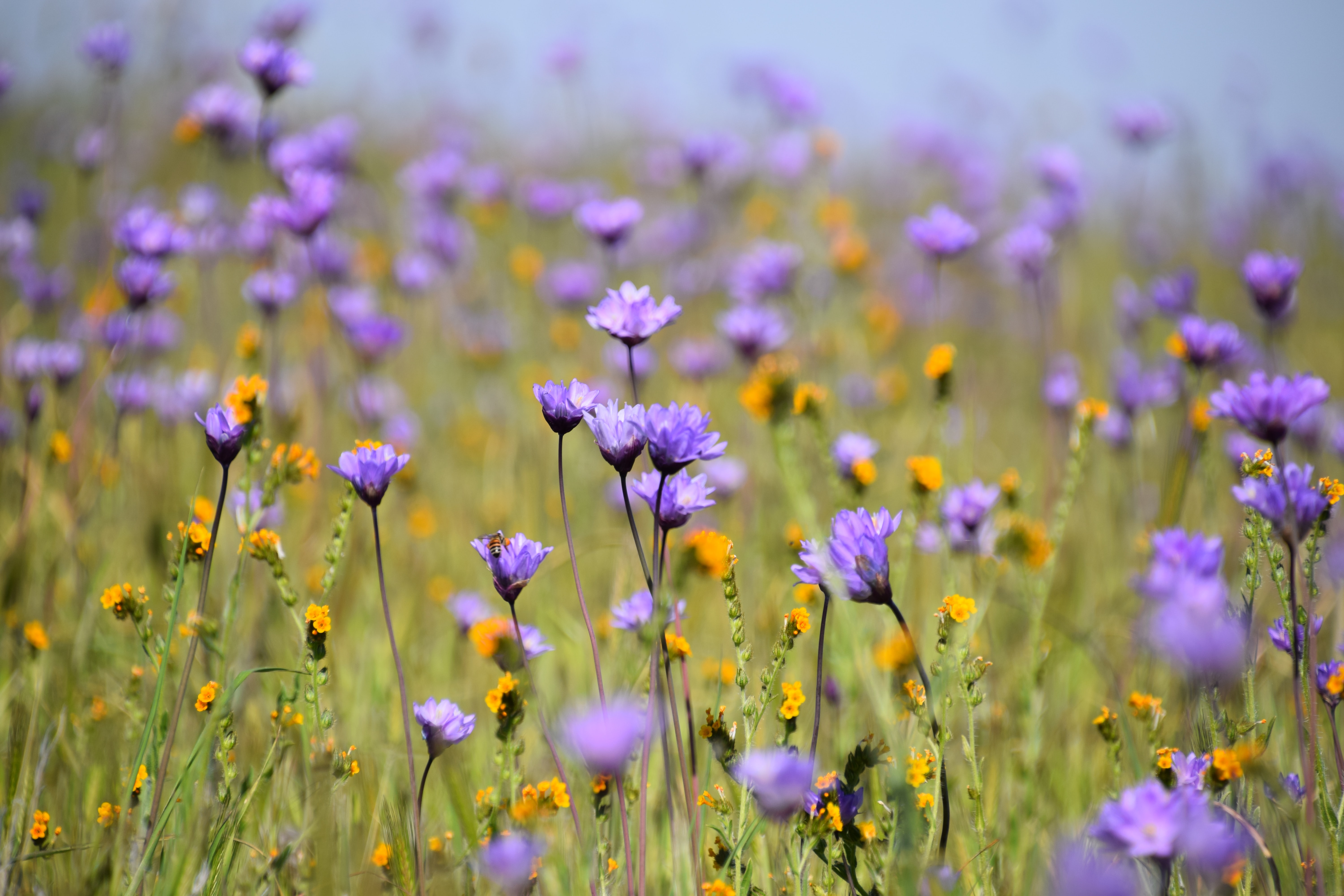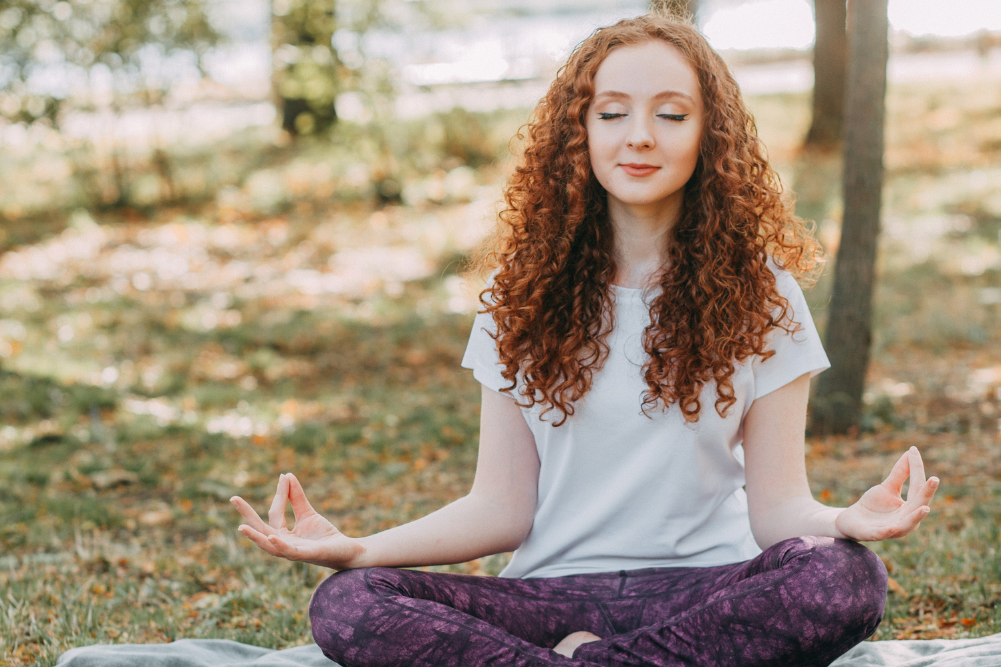We are all born with the capacity to be mindful. One way to practise this form of awareness is by connecting with stillness.
Being mindful is a space where we recognise every thought, feeling and movement, and accept them as they are without judgement. In the law of nature, everything that arises soon passes. When a personal event happens, your body creates a sensation. Whether it is a good or bad reaction, it varies from each individual. However, the deep sensations arise the same way for everyone. They start from inside your thoughts and can alter how you perceive life. From these perspectives, they slowly lead to habits, personalities and character traits.
Moving away from mindfulness, these thoughts can cloud your sense of wholeness. In stillness, you can find the root of your behaviours by slowly unveiling yourself, like peeling away layers of an onion, which in time reveals your core. Being in the quiet allows you to live in the depths of your truth, or core, and provides you with a foundation to sit with it all as it comes and goes.
By sitting, you can experience thoughts, feelings and emotions wholeheartedly. The longer you learn to sit with them, the more you can connect with their transience. The more practices you have of understanding how you react to your surroundings, by gently witnessing these actions come and go, the less vulernable you are to reacting to your environment. By empowering yourself with reacting less to external events, you gain the strength to cultivate more time and effort for what is truly important in your life. Many of us lament on how we waste so much energy on others or uneventful things, which diminishes our ability to focus on the present moment. In silence, you can be fully conscious of your thoughts, feelings and emotions, and remain steadfast with an inner peace by observing the world go by.
Being in the quiet allows you to live in the depths of your truth, and provides you with a foundation to sit with it all as it comes and goes.
Ways to cultivate stillness
- Set 10-15 minutes aside first thing in the mornings to observe your breath. Notice the inhalations and exhalations; try to feel any sensations throughout the body, allow it all to come and go.
- Eat without any distractions (ie no book, electronic devices or physical materials) at least once a day.
- Keep a journal. By penning down your thoughts and outcomes, you can learn your habitual reactions and perceptions.
- Pick an activity and be completely mindful in it, which is the practice of cultivating stillness in movement. For example, in a yoga practice or walk in the park, bring your full attention to your experience. In yoga, become aware of how your body moves along with the shapes it takes. See if there are any judgements, force or an ease to them. During a walk, place your full awareness on your steps from heels to toes. See if you can feel them completely and how in sync your breaths are with your steps.
- Set another 10-15 minutes aside in the evenings and practise the same breathing techniques. If time permits, sit for longer. Take it slow if this is your first time; introduce another five minutes when you feel at ease with the practice. Remember that it should be an easy and simple habit to integrate into your everyday life.
We are all born with the capacity to cultivate awareness of the present moment. Perhaps this is difficult for you to believe, especially during those restless days, but by drawing yourself back to the centre of your own realm, and sitting in stillness, you can cultivate freedom, inner peace and contentment.
This journey takes time and, for some, more time than others. With patience, you will realise your journey (or onion) is uniquely yours. Be determined to peel those layers, but also be kind and gentle with yourself throughout the process. After all, it is not your experiences that make you, but the reactions you choose that form your future.
Words DENISE HUNG
Want to learn more about mindfulness? Visit our mindfulness archive.




